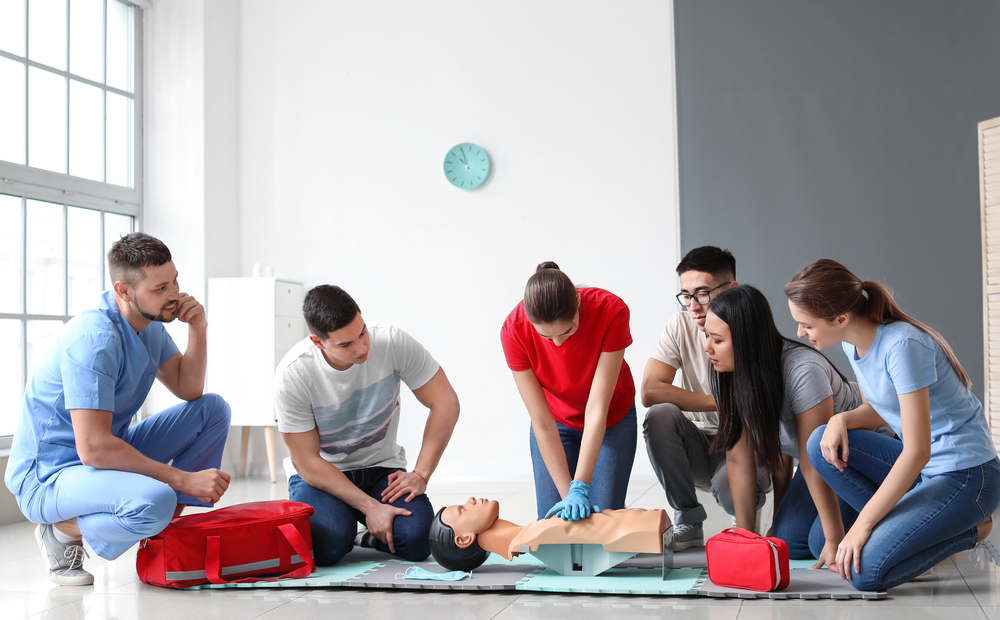As a parent, the safety of your child is always at the top of your mind. Accidents happen in the blink of an eye, and sometimes, they can be serious. Did you know that injuries are one of the leading causes of childhood death?
That’s why it’s so important to be prepared. Learning CPR and First Aid can give you the skills to respond quickly and effectively, possibly saving your child’s life. Keep reading to uncover all the details.
Understanding the Importance of CPR and First Aid
Accidents can happen when you least expect them, and knowing what to do can make all the difference. CPR (Cardiopulmonary Resuscitation) and First Aid are life-saving skills that every parent or caregiver should know. Whether your child gets a simple scrape or faces a more serious emergency, being ready to help is key.
These skills can help you handle everything from choking to severe burns, falls, and even drowning. Having CPR and First Aid knowledge empowers you to act swiftly and confidently when your child’s health is at risk.
Common Injuries and Hazards at Home
Children are naturally curious and enjoy exploring. This can sometimes lead to accidents. Common household injuries include burns from hot surfaces, cuts from sharp objects, and choking on small items like food or toys. Falls are also a big risk, especially when kids climb on furniture or play equipment.

Poisoning is another danger, often caused by household chemicals or medicines. Knowing how to handle these injuries is key. It’s important to childproof your home to prevent accidents. Also, having First Aid skills keeps you prepared if something goes wrong.
What to Have in Your First Aid Kit
A well-stocked First Aid kit is a must for every home. It should have items for various injuries. Key items to include are bandages, antiseptic wipes, gauze, and a thermometer. Scissors and tweezers help remove splinters or small objects. Cold packs are useful for swelling or bruises.
Don’t forget a CPR barrier mask for rescue breaths in cardiac arrest. Regularly check your kit to keep it complete and updated. Also, keep a list of emergency contacts, like your pediatrician or poison control, nearby for quick access.
How CPR Can Make a Difference
CPR is a skill that could save your child’s life in the event of a cardiac emergency. When someone stops breathing or their heart stops beating, every second counts. CPR helps keep blood flowing to the heart and brain until help arrives.
If you’re trained in CPR, it’s crucial to act quickly. First, call emergency services. Then, begin chest compressions at a steady rate of 100 to 120 compressions per minute. If you’re certified, provide rescue breaths after every 30 compressions.
The goal is to keep blood flowing to vital organs until medical help takes over. For peace of mind, you can take a CPR course through local organizations like MyCPR NOW to become more confident and skilled.
Take Action for Your Child’s Safety
The safety of your child is something you can never take for granted. By learning CPR and First Aid, you can feel prepared to handle any emergency that comes your way. Consider enrolling in a certification course to make sure you are ready to act in a crisis.
By learning these life-saving skills, you’re not just protecting your child, but you’re also giving yourself the confidence to act when it matters most. Your child’s safety begins with your knowledge and readiness-start today to be the best caregiver you can be! For more on this content, visit the rest of our blog!
Certification for Nutrition Experts Advance Your Career Today